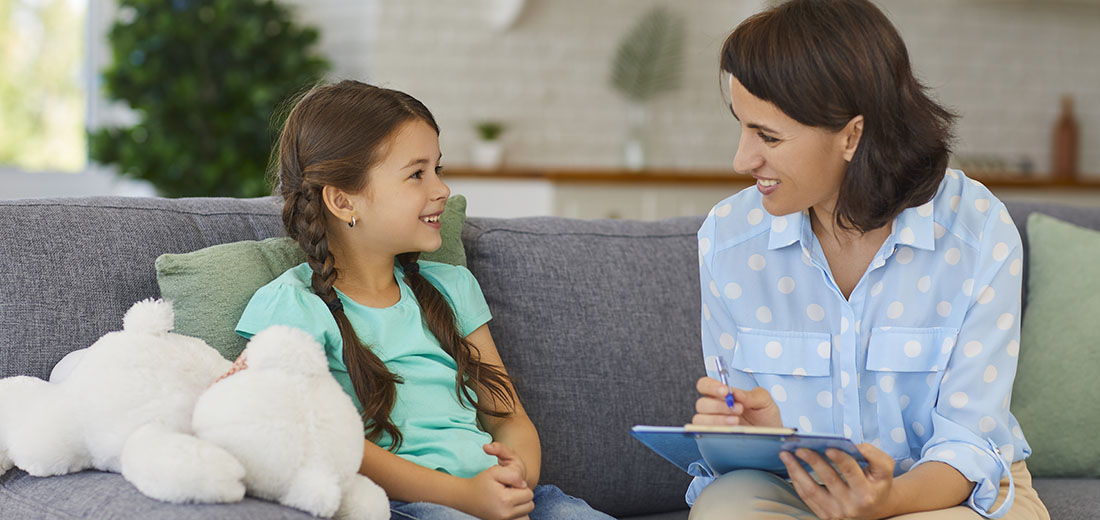What does it mean to have the ability to communicate? It refers to the desire and capacity to connect with others, both nonverbally and verbally, by exchanging feelings and ideas. To establish and maintain interaction with an adult, a need is met by children learning to communicate.
Immediately from birth, child communication development begins. Right off the bat, communication starts off in the following manners:
- Body movements/gestures – In distress or excitement, moving the legs. Later on, pointing in similar gestures.
- Facial expressions – Grimacing, smiling, and eye contact.
- Sounds – Squealing, cooing, and crying.
After the first few years of life, seemingly by leaps and bounds, children’s communication skills grow. How can you help toddlers or babies develop their communication skills?
Respond To Your Child’s Sounds, Looks, and Gestures
Pick your child up when they put their arms out to you. Kiss them and ask, “You want up?” Coo back to them if they coo to you. Make eye contact when they gaze at you and talk to them. In this manner, your baby realizes that their communications are effective and important. Development of these skills will then be encouraged.
Talking and Listening Is Essential
Give your child time to respond when you talk to them. On their level, make eye contact. This will let them know you’re interested in what they have to say. Ask questions that are open ended. They will stand a better chance of seeing themselves as a good communicator if you talk with your child. Motivate their communication skills development.
Building Language Skills
Let’s say, for example, your child has decided that they are going to be a horse. Here are the questions you can ask them to build their language skills:
- Are you pretending to be a hungry horse?
- Do you want to eat some food?
- What kind of food do you want?
- Let’s list all of the stuff that horses like to eat.
Nonverbal Communication
Show your child that if someone holds their hands up during a game of catch, covering their face, it may mean something. Maybe they don’t want you to throw the ball at them quite so hard. They’ll keep playing with you, however, if you could throw it softer.
Recognizing and Respecting Feelings
If your child knows they won’t be criticized, teased, or judged, it’s more likely they will share their feelings and ideas with you. During your child’s experiences, you can emphasize but still disagree with the way they are behaving.
- Here’s an example: “You do need to stay in bed, but I understand it scares you to sleep alone. How about if I put on some quiet music?”
- Another example: “You can’t throw blocks even though you’re angry. Try punching this pillow instead.”
Vocabulary About Feelings
For the feelings your child experiences, provide the appropriate words. “I know Daddy left for his trip and that makes you feel sad.” Make sure you recognize feelings for what they are – not whether they are good or bad. Don’t be afraid you will escalate an intense feeling just by talking about it. More frequently than not, quite the opposite occurs. If a child gets the impression that their experiences and feelings are respected, they can more easily move on.
More Suggestions For Supporting Your Child’s Communication Development
Here are a few more ideas:
- Be a good role model.
- For your child’s ability and age, make your requests appropriate, simple, and clear.
- Encourage them to pretend play.
- As you go through your daily routine, narrate what you’re doing.
- Read together.
A Day Care Center Who Cares
Do you need someone to watch after your children who understands that a child’s communication development is essential? At Home Away Child Care Center, our mission is to provide a supportive, warm, positive, and clean environment for children to play, learn, and grow.
Contact us if you would like to find out more.




